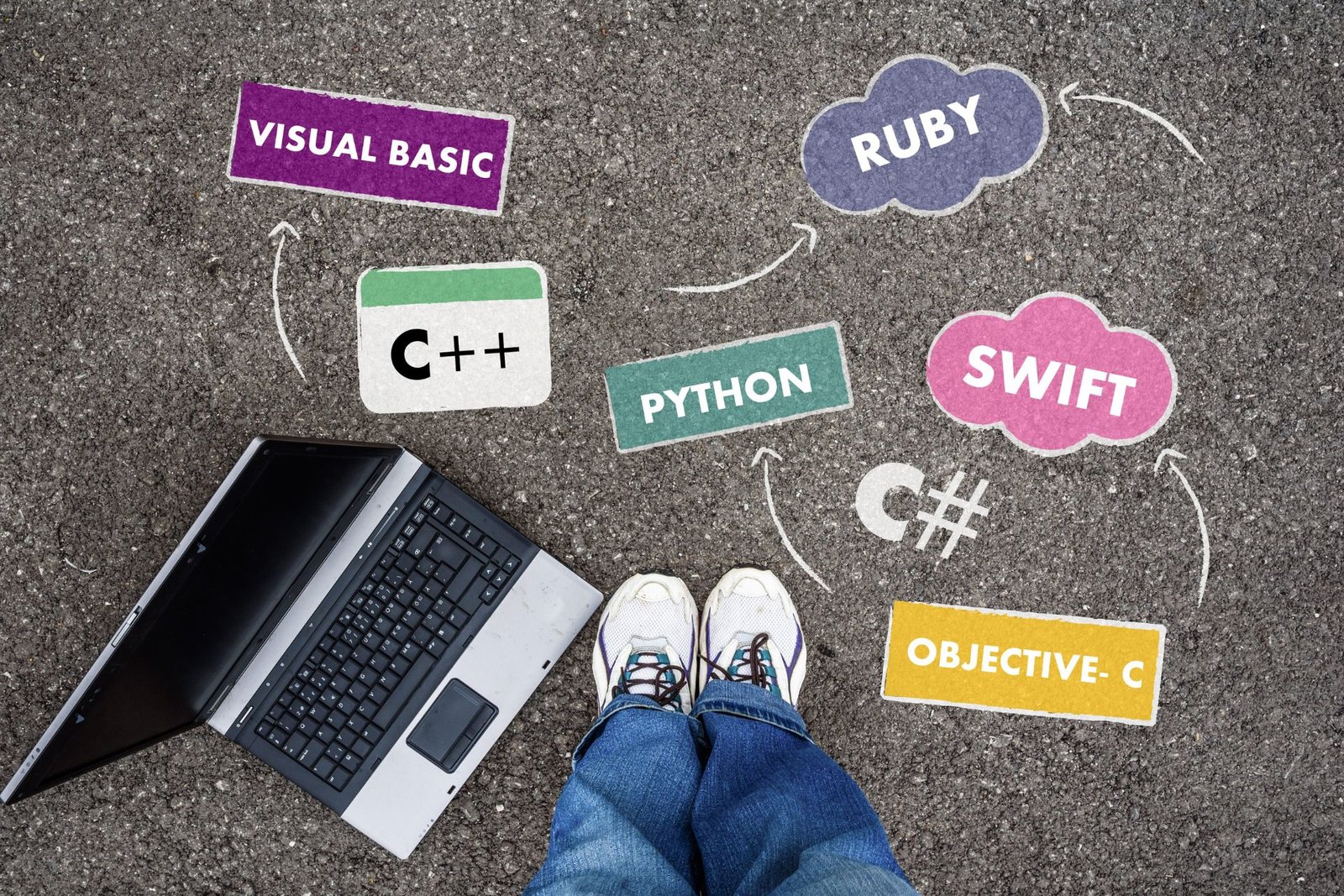Programming: The Language of Innovation
In the ever-evolving digital age, programming is the heartbeat of technology. It powers our smartphones, controls our smart homes, and drives innovations across all industries. This article explores the world of programming, from its fundamentals to its profound impact on our lives.
The Digital Transformation
The digital transformation has reshaped our world, and at its core is programming. It’s the art of giving instructions to computers, enabling them to perform tasks that improve our daily lives.
The Significance of Programming
Programming is the backbone of our digital existence. It powers everything from social media platforms to life-saving medical devices.
Understanding Programming
Defining Programming
Programming, also known as coding, is the process of creating instructions that computers can understand and execute. It’s the language of technology.
The Building Blocks
To be a proficient programmer, one must understand concepts such as algorithms, data structures, and the syntax of programming languages.
Programming Languages
JavaScript
JavaScript is the language of the web, making websites interactive and responsive.
Python
The simplicity and adaptability of Python render it a superb selection for neophytes and seasoned developers alike.
Java
Java is known for its platform independence, making it suitable for a wide range of applications, from Android apps to enterprise software.
C++
C++ is a powerful language often used in game development, system programming, and embedded systems.
Ruby
Ruby is prized for its elegant syntax and is commonly used in web development, particularly with the Ruby on Rails framework.
The Programming Process
Problem Solving
Programming often begins with identifying a problem and devising an algorithmic solution.
Writing Code
Once the solution is defined, the programmer writes code based on the chosen programming language.
Debugging
Debugging is the process of identifying and fixing errors or “bugs” in the code to ensure it functions as intended.
Front-End and Back-End Development
Front-End Development
Front-end developers focus on the user interface and user experience, creating the visual aspects of websites and applications.
Back-End Development
Back-end developers design the server-side logic and databases that power applications and ensure they run smoothly.
Full-Stack Development
Full-stack developers possess expertise in both front-end and back-end development, allowing them to build entire applications.
Programming in Real Life
Web Development
Web developers create websites and web applications, ensuring they are both functional and visually appealing.
Mobile App Development
Mobile app developers craft applications for smartphones and tablets, providing unique features and functionalities.
Game Development
Game developers use programming to create immersive and interactive gaming experiences.
Programming Challenges and Solutions
Security Concerns
Security is a paramount concern, and programmers must implement robust measures to protect against cyber threats.
Scalability
Scalability challenges arise as applications need to accommodate growth and increasing user demands.
Code Optimization
Optimizing code ensures it runs efficiently and consumes fewer system resources.
The Impact of Programming
Transforming Industries
Programming is transforming numerous industries, from healthcare to finance, with innovative solutions and automation.
Innovations
Innovations powered by programming include artificial intelligence, virtual reality, and blockchain technology.
The Future of Programming
The future of programming holds exciting prospects, with advancements in quantum computing, Internet of Things (IoT), and automation shaping our world.
Programming is the gateway to endless possibilities in our digital era. It empowers individuals and organizations to create, innovate, and shape the future of technology.
Author







